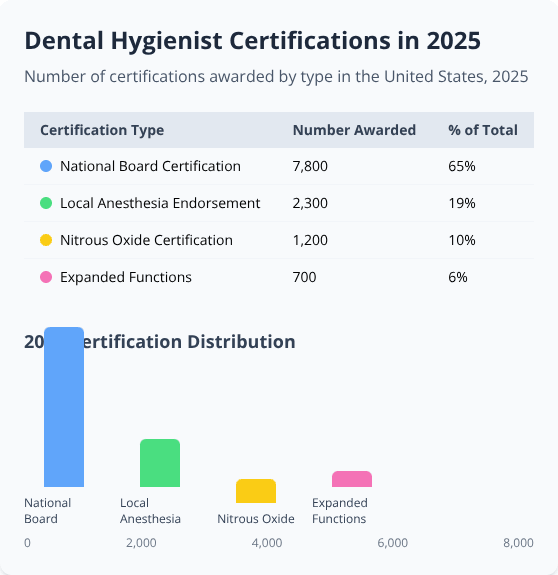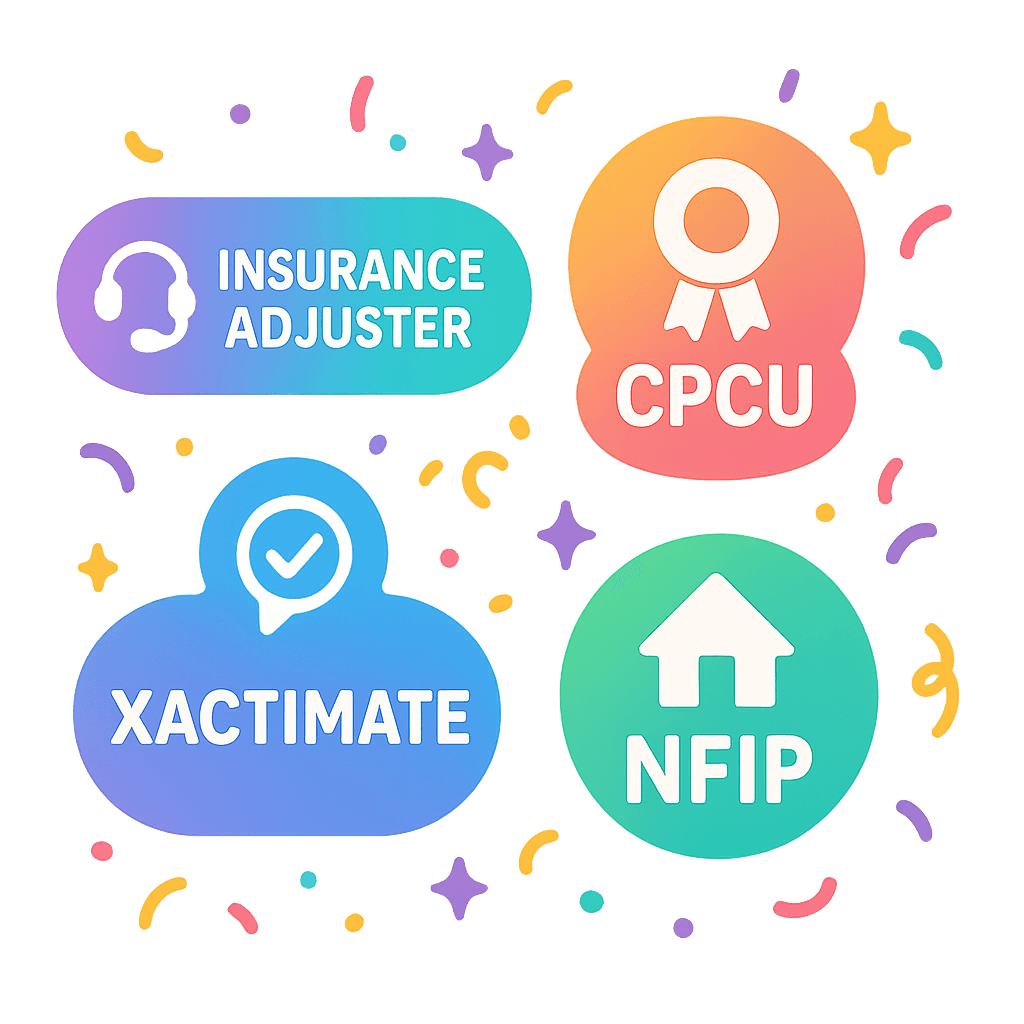Dental Hygienist Resume Certifications

Those little letters beside your name? They’re more than just alphabet soup—they prove you know your stuff. This article reveals why showcasing certifications makes your Dental Hygienist resume shine brighter than a freshly polished molar. Stick around to discover exactly which credentials matter most (and how to flaunt them without sounding like a show-off).
How Certifications Boost Your Dental Hygienist Resume
Certifications are a badge of trust—patients and employers both look for that mark, that proof someone knows their stuff. They show a hygienist hasn’t just studied but mastered the finer points of oral care, safety, and technique. Doors tend to open faster for those with credentials; a certified professional stands taller in a stack of resumes, promising less risk and more skill. In a sea of applicants, that certificate isn’t just paper—it’s a spotlight.

Adding a certifications section to your resume can really boost your chances, especially for dental hygienist jobs where specific skills and credentials matter.
Top 7 Certifications for Dental Hygienist Resumes
- Licensed Dental Hygienist (LDH) – Required by every state, this license proves a hygienist has passed both the National Board Dental Hygiene Examination and relevant clinical exams, allowing legal practice.
- Local Anesthesia Certification – Grants permission to administer local anesthesia, expanding services hygienists can provide and increasing employability.
- CPR/BLS (Basic Life Support) Certification – Demonstrates readiness for medical emergencies and is often mandatory for employment in dental settings.
- Registered Dental Hygienist (RDH) – The foundational credential in the field, signifying the completion of accredited dental hygiene education and successful examination.
- Certified Dental Infection Prevention and Control (CDIPC) – Highlights expertise in sterilization and infection control, an essential competency post-pandemic and for patient safety.
- Public Health Dental Hygiene Practitioner (PHDHP) – Allows dental hygienists to work independently in public health and outreach settings, increasing career flexibility and enabling service to underserved communities.
- Certified Dental Practice Management Administrator (CDPMA) – A mark of leadership and business knowledge for hygienists moving toward administrative or practice management roles within dentistry.
DO'S
- List certifications clearly by their full official titles.
- Include the date earned and any expiration if relevant.
- Place certifications in a distinct, easy-to-find section near the top.
DON'TS
- Don't list expired or irrelevant certifications.
- Don't forget to include certifying bodies and completion dates.
- Don't use acronyms without spelling them out the first time.
Pro Tip: Highlighting the most relevant certifications on your Dental Hygienist resume instantly reassures employers that you’re both qualified and ready to handle the specific demands of their practice—no one wants to guess whether you’re legally allowed near a periodontal scaler.



